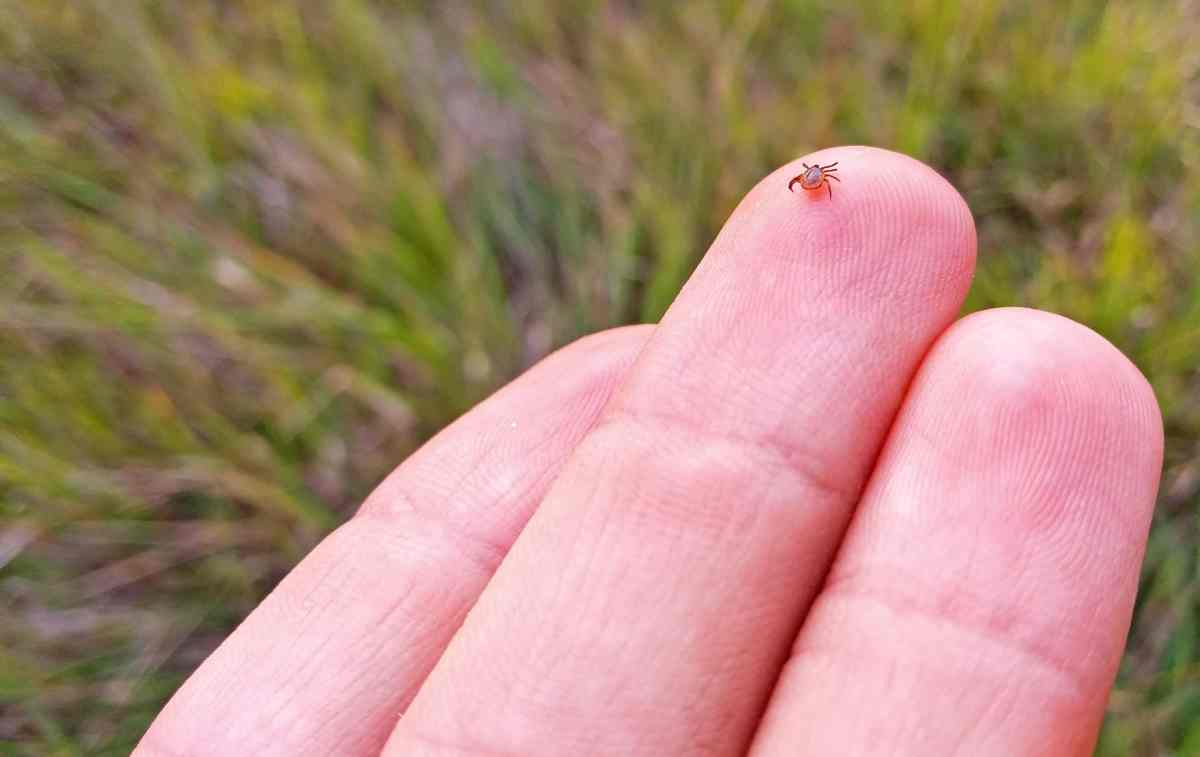After spending months indoors, many Long Islanders are indulging in day trips to woodsy areas to get some socially distant fresh air — trading coronavirus risks for Lyme disease exposure.
Tickborne disease prevention should be part of every family’s summer routine. Here is a cheat sheet on how to avoid them.
SHADY AREAS PREFERRED
Since ticks are extremely sensitive to heat, one is most likely to encounter them in shady rather than sunny areas. Since ticks do not fly or hop about, they are brushed on to clothing when people walk through tall grass, says Phillip J. Baker, Ph.D., executive director of the American Lyme Disease Foundation.
WHICH SPRAY?
DEET is the recommended product for use on skin, though it shouldn’t be applied under clothes. When used as directed, it’s both effective and safe on skin and clothes. Sprays containing permethrin, such as Repel, are for clothing. Although DEET is not harmful when applied to the skin, heavy sweating may affect how long it lasts, according to consumerreports.org. When used on clothing, permethrin binds tenaciously to fiber and will withstand several wash/dry cycles.
“One does not have to spray outdoor clothing daily,” Dr. Baker says. “There are several organic insect repellents on the market. Some are effective, and others are not. I usually use DEET because I know it works and is safe.”
TICK CHECKS
The U.S. Centers for Disease Control and Prevention recommends checking all clothing for attached ticks. Remove any clothing with ticks on it and throw it in the dryer on a high setting.Then do a body check on yourself as well as your children. The CDC recommends showering within two hours of coming indoors to wash away any unattached ticks.
IF IT’S ATTACHED
To remove a tick, use sharp-tip tweezers, get as close to the skin as possible, and grasp the tick. Pull the tick straight out. Either “squish” the tick in a tissue and then flush it down the toilet, or put the tick in a vial of alcohol that will kill it, says Dr. Baker.
SIGNS OF LYME
The Mayo Clinic states that symptoms of Lyme disease can vary, with the most distinct being a rash that usually surrounds a bite. When a rash starts to appear, which can be from three to 30 days, it will look a bit like a bull’s eye. Other symptoms can be fever, chills, fatigue, body aches, headache, neck stiffness, and swollen lymph nodes.
This story first appeared on NewYorkFamily.com
Related Story: Seasonal Uptick in Lyme Disease Concerns on Long Island
For more health and wellness coverage, visit longislandpress.com/category/better-you
Sign up for Long Island Press’ email newsletters here. Sign up for home delivery of Long Island Press here. Sign up for discounts by becoming a Long Island Press community partner here.



































